I am attempting to explain how the mock artist/soundtrack data (first image below) can be normalized from 1NF to 2NF to 3NF, step-by-step to get the result that I think is best for the database. It's almost as if normalization is getting in the way of what I want to do, but am I just not understanding something in the normalization process? I can definitely see how this mock data can be normalized to 1NF by making each row unique and removing duplicates, but at which stage, for example are we told to assign Composer ID as a foreign key for the tracks table or the movie table? Is that just something we do from experience? Is there no right or wrong?
In short, my question is, can anyone show or explain how the mock data here ...
 Was turned into this using all the first 3 stages of normalization?
Was turned into this using all the first 3 stages of normalization?
